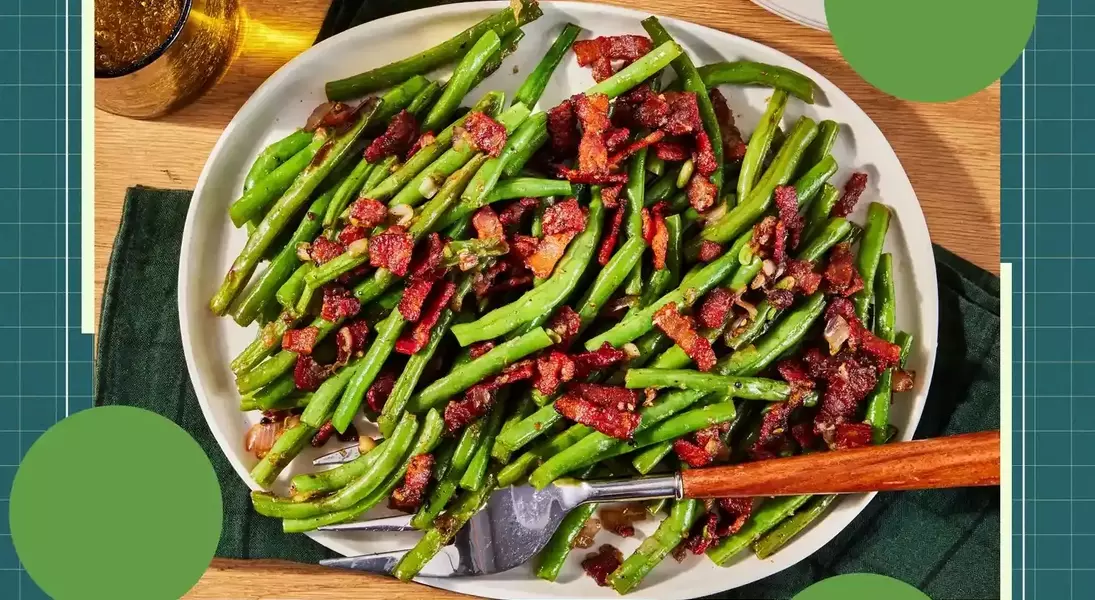
When it comes to preparing green beans, a vegetable celebrated for its versatility and nutritional value, many culinary professionals lean towards a specific cooking method to maximize flavor and texture. This approach involves quickly cooking the beans in a hot pan, often with a touch of oil, to achieve a desirable balance of tenderness and crispness. The technique not only brings out the natural sweetness of the beans but also allows them to develop a slightly charred exterior, adding depth to their taste profile. Chefs frequently employ this method for dishes like green bean almondine, where additional ingredients such as toasted nuts or sweet dates complement the vibrant taste of the beans. This simple yet effective way of cooking ensures the beans remain a star on the plate, whether served as a standalone dish or integrated into more complex recipes.
Another point of discussion among chefs is the debate surrounding blanching green beans prior to cooking. Some culinary experts advocate for a brief blanching process, where beans are immersed in boiling water and then rapidly cooled in an ice bath. This step is believed to lock in the bright green color and crisp texture of the beans, making them visually appealing and firm to the bite. This pre-treatment is particularly favored when green beans are destined for salads or stir-fries, where their structural integrity and vivid hue are crucial. However, other chefs prefer to skip the blanching step, opting for a direct sauté to save time and streamline the cooking process, especially for home cooks. Regardless of whether blanching is employed, a key factor remains the initial heating of the pan and oil to ensure the beans cook quickly and evenly, preventing them from becoming soggy or dull.
Ultimately, the objective is to achieve perfectly cooked green beans that are both flavorful and appealing. The duration of cooking, influenced by personal preference and any pre-treatment, plays a significant role in the final outcome. Shorter cooking times will yield snappier, firmer beans, while a slightly longer exposure to heat can result in a softer texture with more pronounced charring. This culinary flexibility allows cooks to tailor green beans to various dishes and occasions, from a quick weeknight meal to an elegant holiday spread. By understanding these expert techniques, anyone can elevate their green bean preparation, transforming this humble legume into a delightful and healthy addition to any meal.
Embracing these culinary insights into green bean preparation offers a chance to enhance your cooking skills and infuse your dishes with freshness and vitality. The dedication to quality ingredients and mindful cooking, even for something as simple as a vegetable, enriches the dining experience and highlights the joy of creating wholesome and delicious food. It's a testament to how thoughtful preparation can turn everyday ingredients into extraordinary culinary moments, fostering well-being and satisfaction with every bite.
